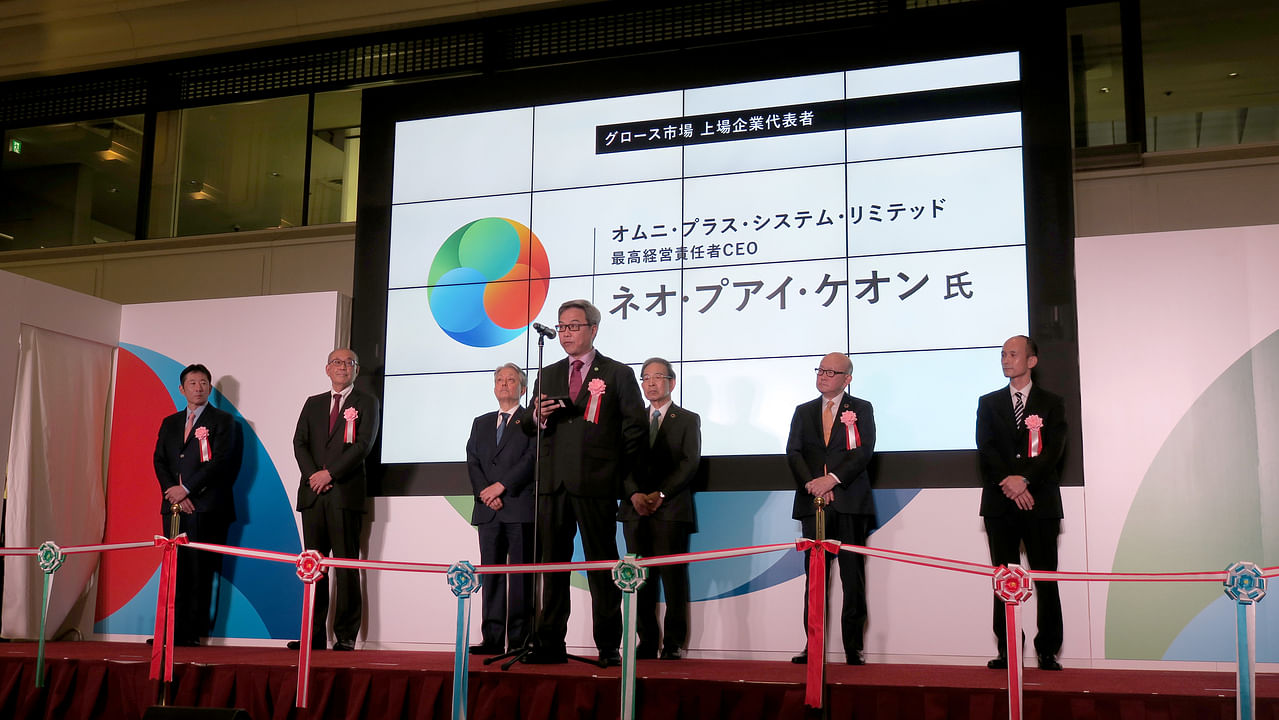TOKYO - The Tokyo Stock Exchange (TSE) opened on Monday (April 4) to its first major revamp in six decades, with the bourse touting better clarity as it seeks to woo overseas investment and foreign company listings.
The three segments after the overhaul - Prime, Standard and Growth - replace the five sections originally on the bourse that had been criticised for their muddled listing criteria.
A total of 3,771 companies are listed on the TSE, with 1,839 blue chips on the Prime Market for large conglomerates that will be held to higher standards, including in corporate governance. They will be required to disclose business risks related to climate change.
Another 1,466 companies are on the Standard Market for mid-sized firms, while the remaining 466 firms on the Growth Market are start-ups or small-cap businesses.
While the TSE touted the reforms as a means of consolidating companies into distinct categories, some investors have criticised the changes as merely cosmetic since more than 80 per cent of the companies in the original First Section were transferred over to Prime.
Still, the makeover comes as Tokyo seeks to market itself as a global financial hub and as the TSE aims to recover from reputation damage after a trading system failure in 2020 led to an unprecedented full-day trading halt.
The TSE is also seen as lacking in vitality - the Nikkei 225 Index of 225 large conglomerates is down by about 30 per cent from its 1989 peak - as compared with other regional stock markets in Shanghai and Singapore.
Mr Akira Kiyota, chief executive of TSE parent Japan Exchange Group, said at a ribbon-cutting ceremony that he expects the reforms to "support sustainable growth and medium- to long-term enhancement of corporate value of listed companies".
The rebranding failed to excite investors on Monday, with the Nikkei 225 Index remaining little changed for most of the day, before ending up 70.49, or 0.25 per cent, to close at 27,736.47.
Still, in a statement of its intent to woo foreign companies, the TSE took out a full-page advertisement in The Straits Times on Monday.
Mr Marcus Neo, chief executive of Singapore plastics manufacturer Omni-Plus System (OPS), which counts Braun and Dyson among its clients and made its initial public offering in June last year on the Mothers Index for start-ups, is also featured in a TSE television commercial on the rebranding.
OPS is just one of five foreign companies to be listed on the TSE.

Another Singapore company, management consultancy YCP Holdings, launched on the bourse last December.
Both companies are now listed on the Growth segment.
Speaking at Monday's ceremony as a representative for companies under the Growth segment, Mr Neo said that he decided to list the company on the TSE because of the bourse's strengths in transparency and stock price stability.
"The concept of each market has now become clearer. I would think it's easier for not only Japanese domestic companies but also Singaporean companies like us as well as other overseas companies to select a market segment that matches their company," he said.
Mr Masahiro Okafuji, chief executive of trading giant Itochu - which is listed on the Prime index, added that the rebranding will "enable each listed firm to compete to improve its corporate value, while investors in Japan and abroad can evaluate the potential and attraction of each company fairly".
But there is criticism that the reforms are merely cosmetic.
The TSE requires companies in the Prime segment to have a share float worth at least 10 billion yen (S$110.6 million), accounting for 35 per cent or more of its outstanding shares.
Companies must also adhere to corporate governance rules, such as having external directors comprising a third of board members and making investor information available in English.
Some 295 firms - or 16 per cent - did not meet the criteria but were still allowed to list without having to set a clear deadline by which to meet the requirements.
"It's more cosmetic than anything else," portfolio manager Masakazu Takeda of Hennessy Japan Fund, which manages assets of about US$801 million (S$1.09 billion) as at December, told the Kyodo news agency.
"What's the point if you have 2,000-plus companies on the First Section of the TSE and a few years down the road you still have roughly the same number of listed names?" he said.
"It's not going to help foreign investors sift through the universe."


